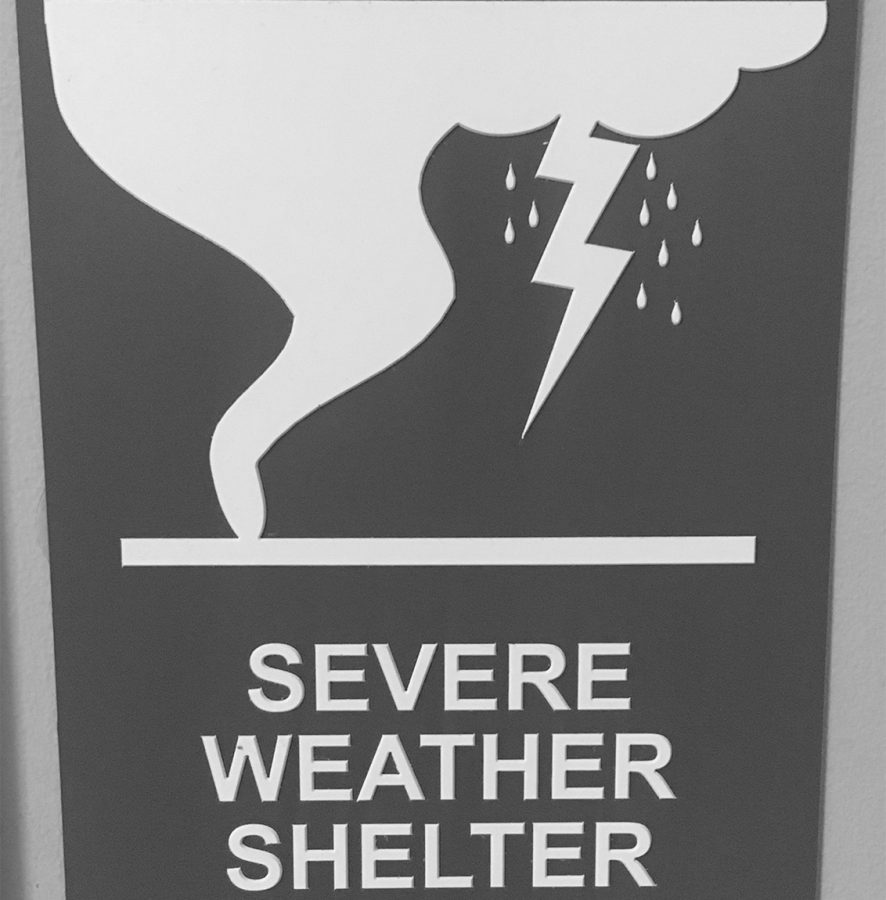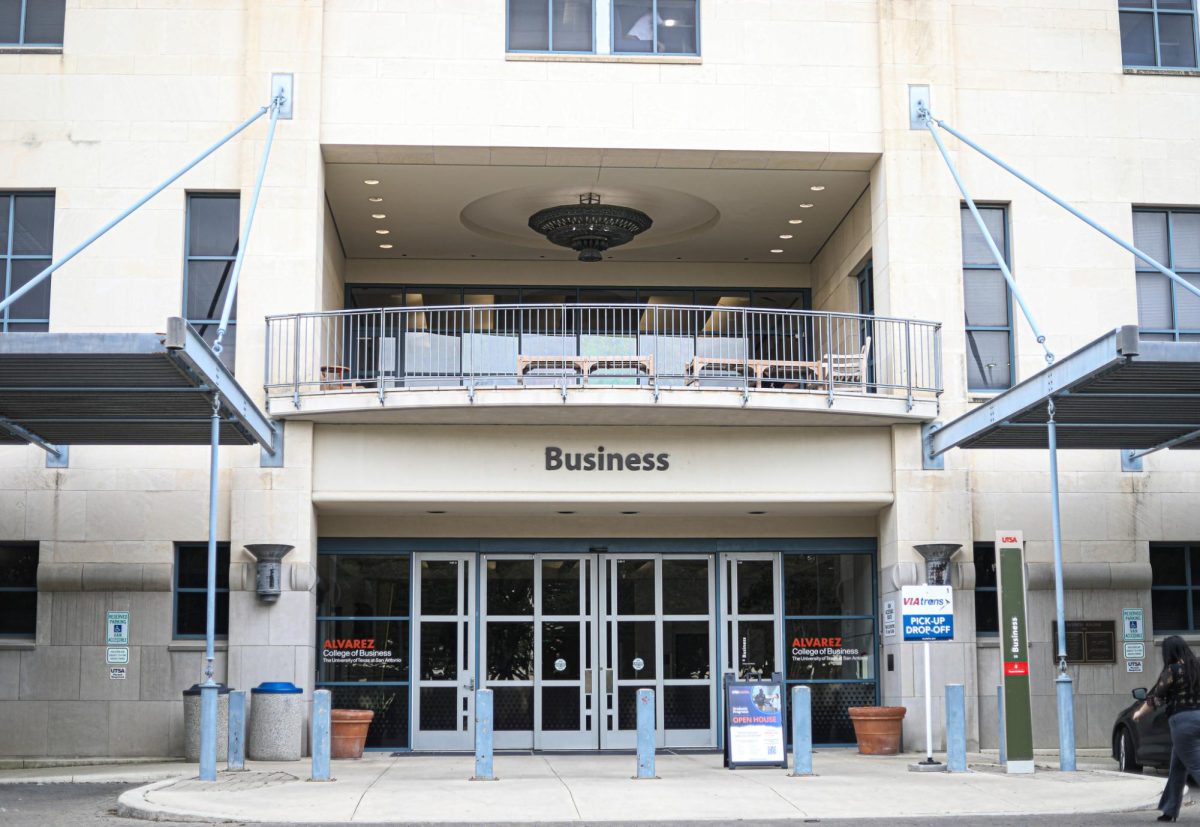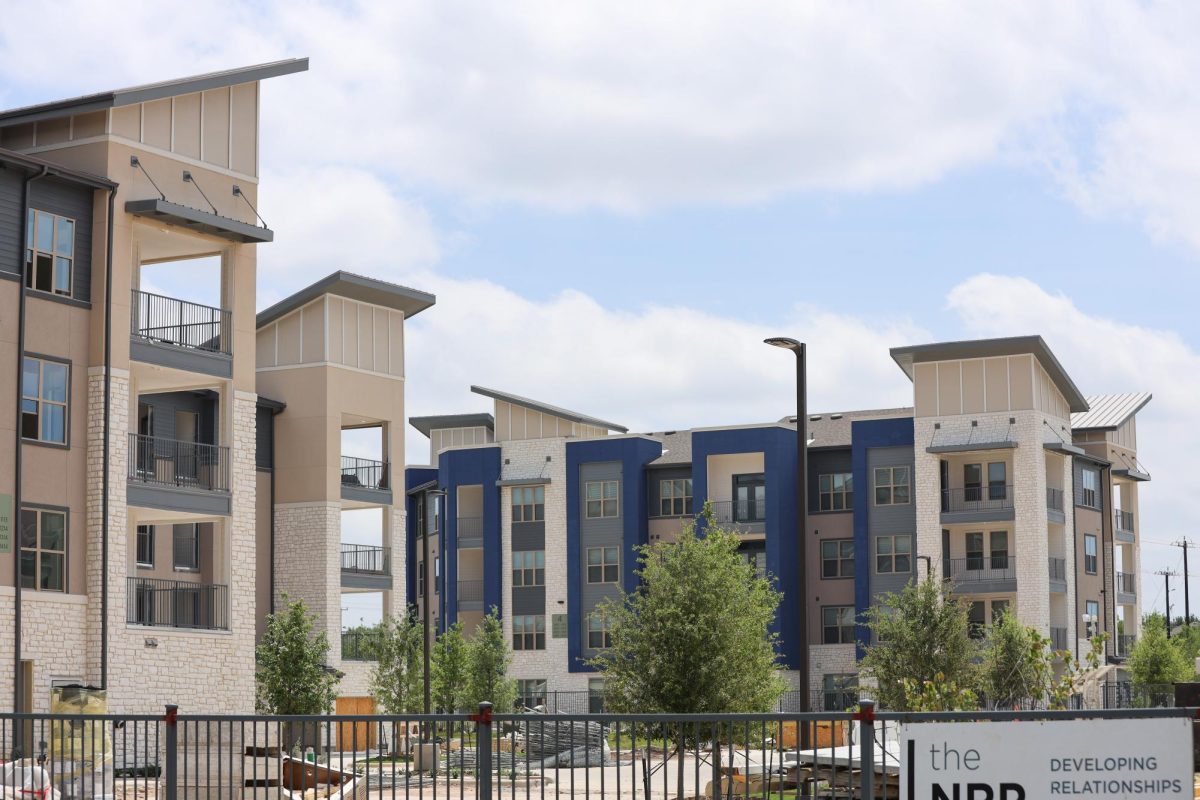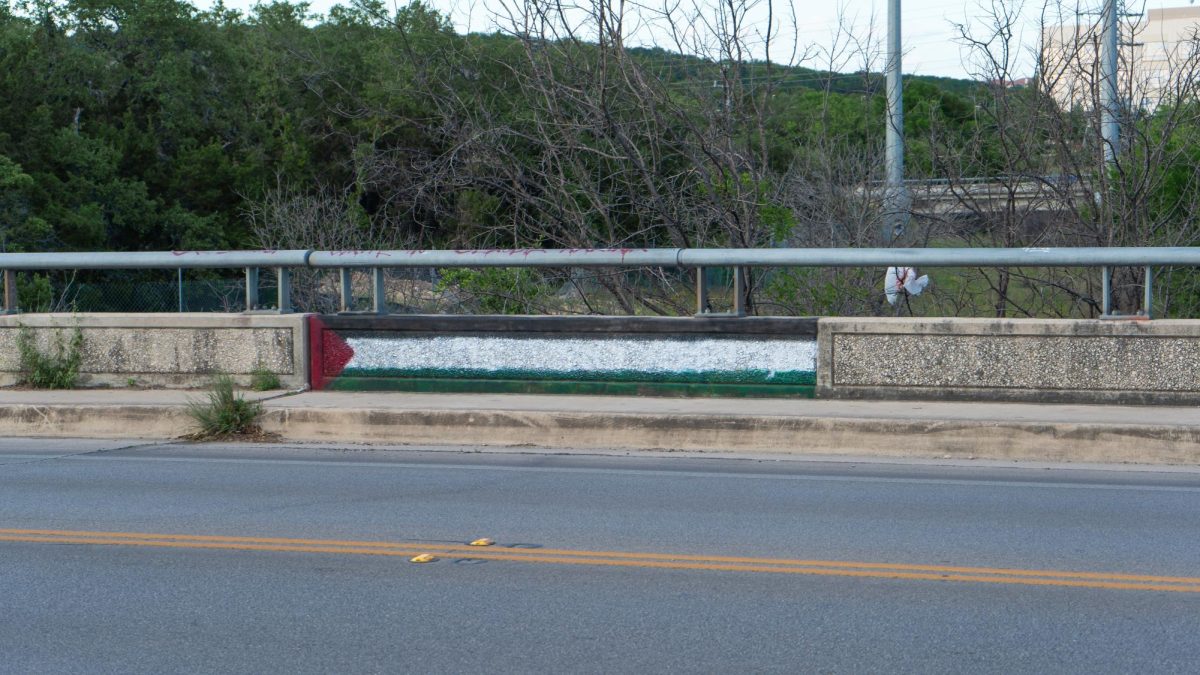The Business Continuity & Emergency Management (BCEM) office prepares for, responds to and recovers from emergencies such as natural disasters at UTSA. The BCEM, based out of the UTSA police department, addresses on-campus emergencies and crises including tornadoes, flooding, hurricanes and chemical spills.
“The goal of the office is to coordinate information and resources and engage all university assets in preparing for, respond to and recover from any emergency,” said Director of the BCEM Lorenzo Sanchez. Their goal also includes relaying information to students and faculty during emergencies.
There are four phases BCEM follows when there is a crisis on campus: mitigation, preparation, response and recovery. The office develops hazard plans to mitigate disasters and prepare students and faculty for emergencies. BCEM works with different departments within the university to make sure all the students and faculty are safe and prepared for emergencies.
Rebecca Saenz, junior English major, said, “In the case of a natural disaster, I would closely monitor the National Weather Channel and UTSA Alerts.” UTSA Alerts is an alert system run by the office that notifies students through email or text message. UTSA Alerts notify students of crises such as bad weather and if the university closing.
“The best way to describe my office… the Wizard of Oz. We are the guys behind the curtain actually pulling the levers and making everything work,” Sanchez said.
The UTSA Alerts system sends out monthly tests to make sure students are connected with the system and receive the alerts. However, alerts work only if students heed the warnings. Sanchez added, “It is important (for students) to act.”
Recently, BCEM has sent UTSA Alerts about Hurricane Harvey and chances of severe weather near the campus. The alerts contained a quote from Dr. Pedro Reyes that expressed his concern for students and faculty safety. The alert also included up-to-date weather warnings. The alerts.utsa.edu website has informative videos to learn more about emergency responses and preparedness.
The UTSA Alerts system is a part of BCEM’s goal to coordinate information with students and faculty. The office then responds to the emergency by coordinating with other departments within the university such as Human Resources to ensure a smooth recovery.
In the case of natural disasters, the campus is equipped with over 120 severe weather shelter signs. These signs are usually on first level or ground level floors near restrooms or stairwells. “We have more signs and locations that we are still evaluating. We hope to add 100 more signs in the near future,” Sanchez said.
Part of the BCEM’s job is to work with students on preparedness. “Our buildings are really well constructed when it comes to heavy winds torrential rains,” Sanchez affirmed. “But, knowing what to do starts with preparing.”
The BCEM encourages students to get informed about emergency preparation by contacting the office and taking notice of the many resources on campus. The office is ultimately on campus to serve the student body, faculty and staff on campus and to promote business continuity of UTSA. For more information on its programs and outreach, visit utsa.edu/utsapd/bcem/about_bcem/.












